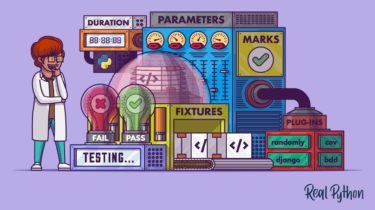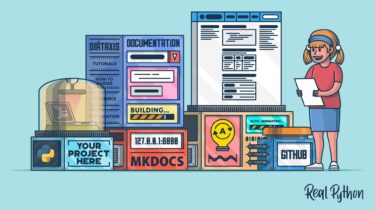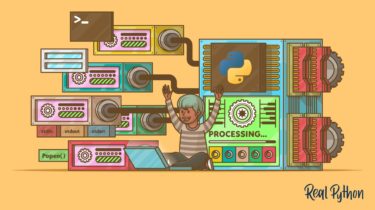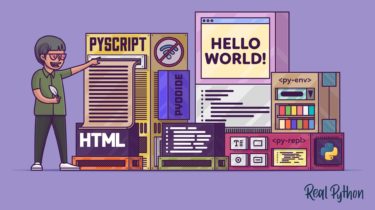Effective Python Testing With Pytest
Watch Now This tutorial has a related video course created by the Real Python team. Watch it together with the written tutorial to deepen your understanding: Testing Your Code With pytest Testing your code brings a wide variety of benefits. It increases your confidence that the code behaves as you expect and ensures that changes to your code won’t cause regressions. Writing and maintaining tests is hard work, so you should leverage all the tools at your disposal to make […]
Read more



